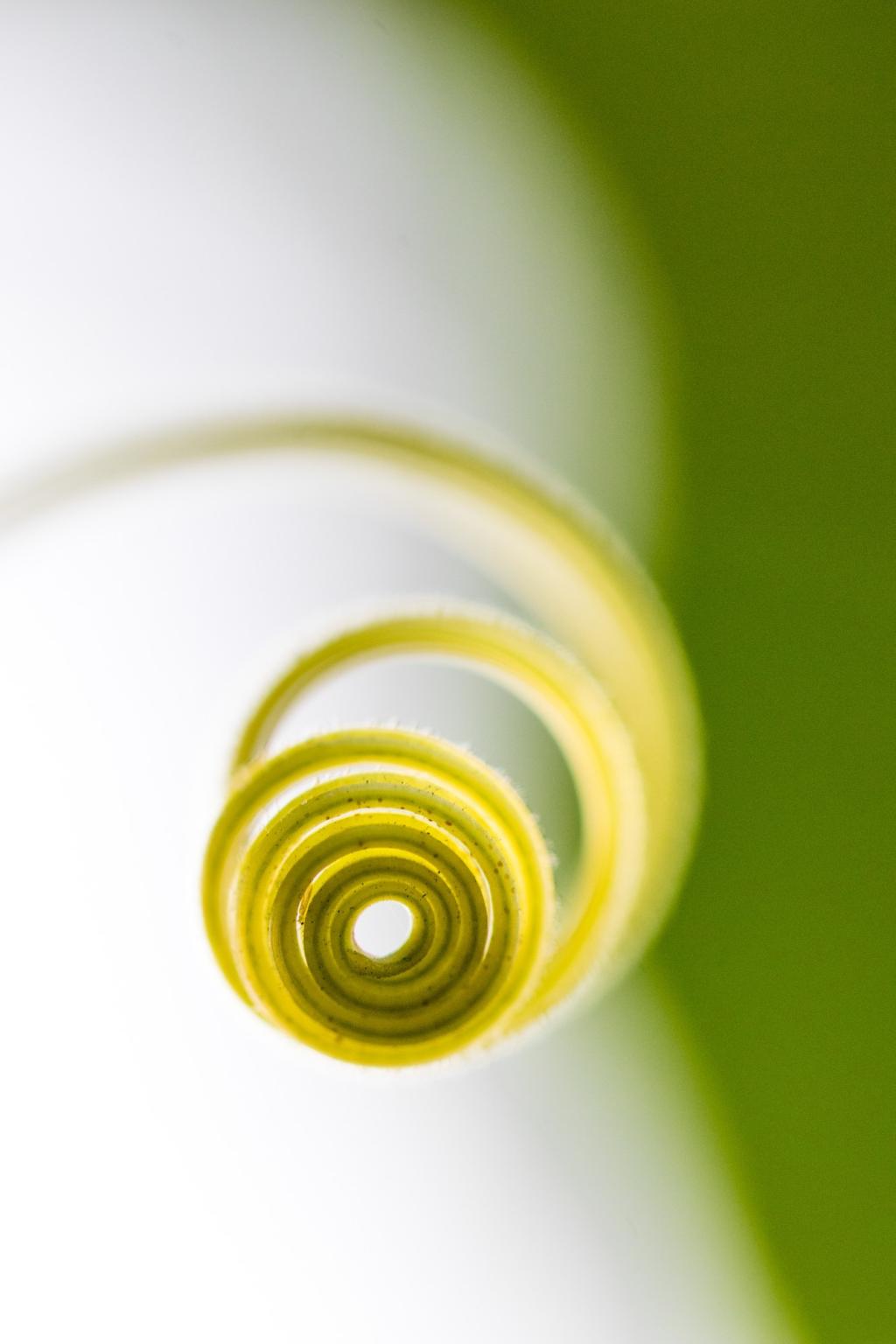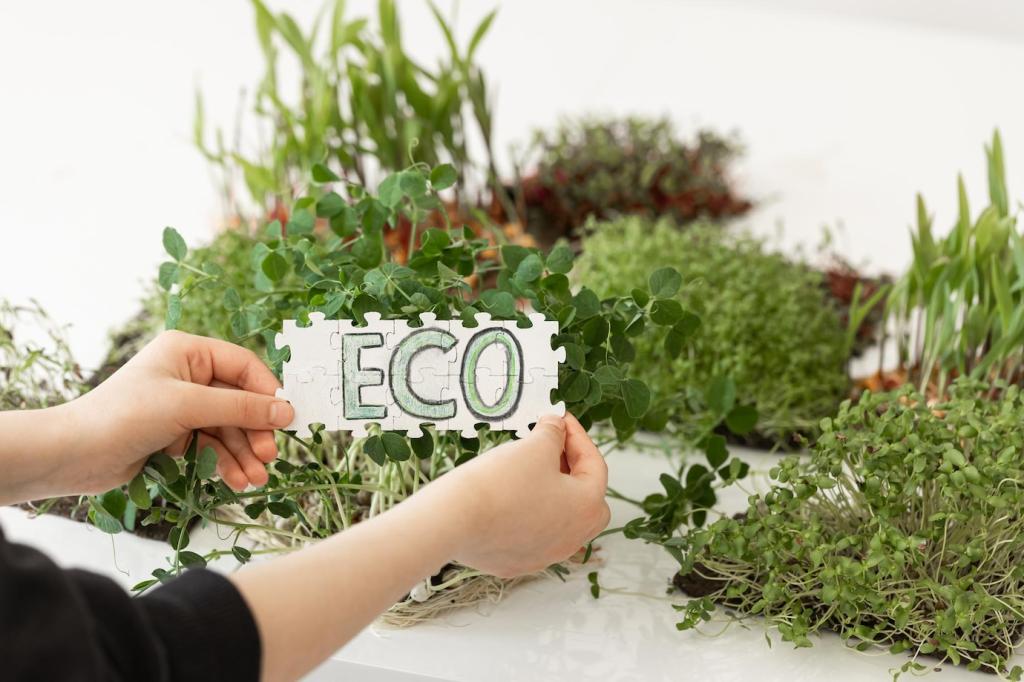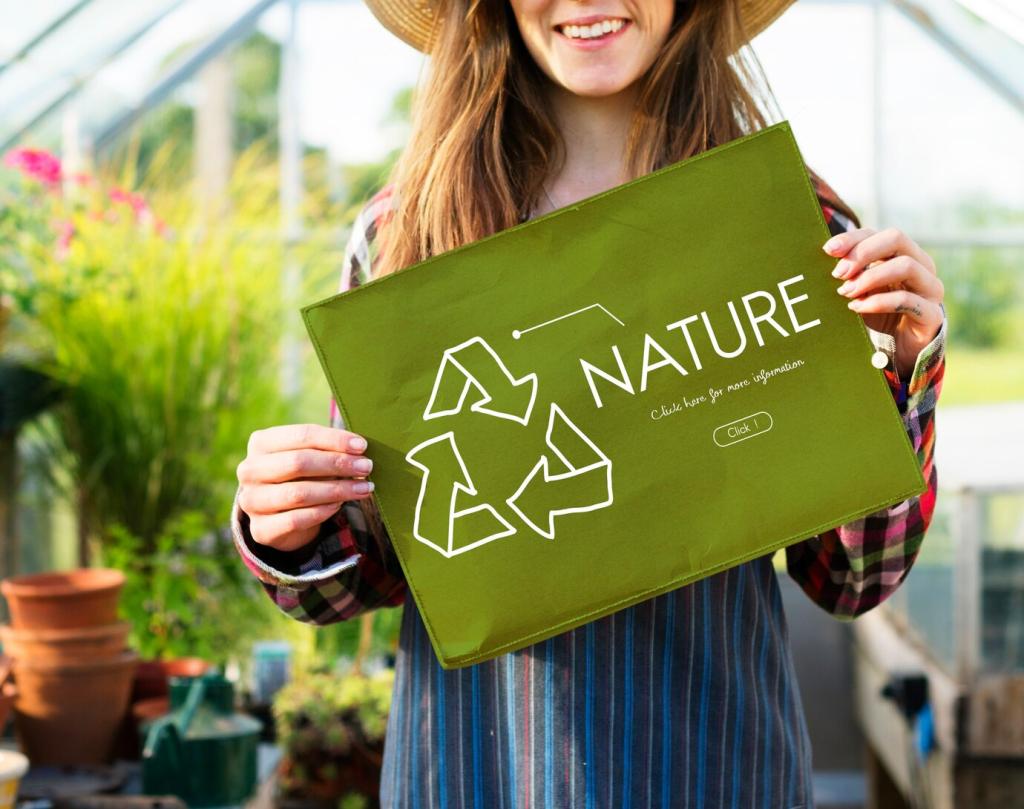
Living Softly: Organic and Recycled Textiles for Homes
Chosen theme: Organic and Recycled Textiles for Homes. Welcome to a cozy, conscious space where every fiber tells a kinder story—less waste, fewer chemicals, more comfort. Explore, comment, and subscribe to shape this journey with us.
Why Fibers Matter in Everyday Living
Organic cotton, linen, hemp, and TENCEL lyocell reduce pesticide use, water waste, and harmful processing. Recycled fibers give existing materials a second life, transforming waste into practical beauty. Tell us which fibers you trust most at home.
Why Fibers Matter in Everyday Living
Fewer chemical finishes can mean less off‑gassing and fresher indoor air. Certifications like GOTS and OEKO‑TEX Standard 100 help identify safer options. Share your experiences with allergies or sensitivities after switching to cleaner textiles.

Selecting Textiles Room by Room
Choose organic cotton or linen slipcovers and throws for easy washing, plus recycled PET rugs that handle foot traffic. Consider sunlight when selecting curtains to minimize fading. Share your favorite cozy corner and what textiles make it inviting.


Selecting Textiles Room by Room
Organic cotton percale breathes on warm nights, while sateen adds gentle sheen. Linen regulates temperature year‑round, and wool toppers cushion naturally. If better sleep arrived with cleaner bedding, subscribe and tell us what changed for you.
Design without Waste
Color Stories from Nature
Undyed fibers and plant‑based dyes create soothing palettes that age gracefully. Earth tones, mineral blues, and soft clay hues pair beautifully across rooms. Post your favorite palette, and tell us which natural shades calm your space the most.
Texture that Tells a Past Life
Recycled denim can become rug yarn; reclaimed linen can transform into breezy curtains. A reader once turned old canvas tote bags into cushion covers, preserving travel memories. Share your best transformation and inspire the next upcycling adventure.
Repair, Refresh, Reimagine
Sashiko mending, visible darning, and over‑dyeing extend life while adding personality. Try swapping pillow covers seasonally instead of buying new inserts. Join our newsletter for monthly tutorials and tag your repairs so others can learn from you.

Care and Laundering That Protect Planet and Fabric
Use cool water, mild biodegradable detergents, and slower spin cycles. Line dry when possible to preserve fibers and color. If you noticed fewer snags after changing your routine, comment and share your top fabric‑care discovery with our community.
Care and Laundering That Protect Planet and Fabric
Recycled synthetics can shed microfibers, so use capture bags or a washing‑machine filter. Wash fuller loads to reduce friction. Let us know which filter brands worked for you, and help fellow readers protect waterways without compromising comfort.
Decoding Labels and Certifications
GOTS covers organic fiber content and responsible processing. GRS verifies recycled content and chain of custody. OEKO‑TEX Standard 100 screens for harmful substances. Save this list, and comment if a label still confuses you—we will investigate together.


Stories from Real Homes
A neighbor turned thrifted linen tablecloths into sun‑washed curtains, stitching by hand with tea and laughter on the stove. The room felt calmer instantly. Share your weekend makeover story and inspire someone else to try a low‑waste project.
Stories from Real Homes
Faded shirts became a patchwork quilt, each square labeled with a tiny embroidered memory. The family sleeps under stories now, not just fabric. Tell us which garments you would memorialize, and subscribe for templates to start your own heirloom.
